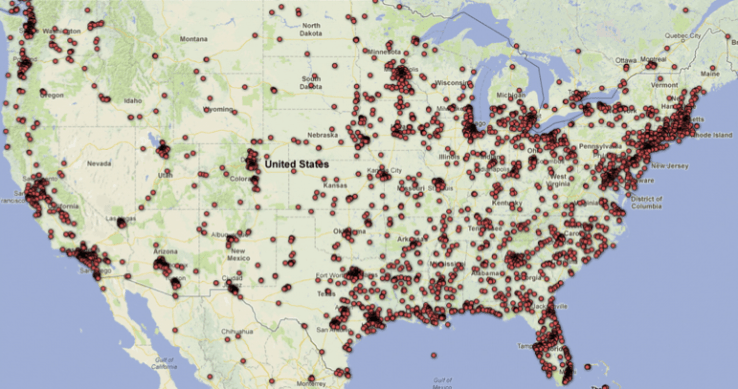This blog is devoted to evaluating vulnerable Democratic candidates, political news, law and current affairs. Author is a Political consultant specializing in opposition research for conservative candidates, attorneys and PACS at the local, state, and federal level. “The Constitution is not an instrument for the government to restrain the people, it is an instrument for the people to restrain the government - lest it come to dominate our lives and interests.” ― Patrick Henry
Subscribe to:
Post Comments (Atom)


No comments:
Post a Comment